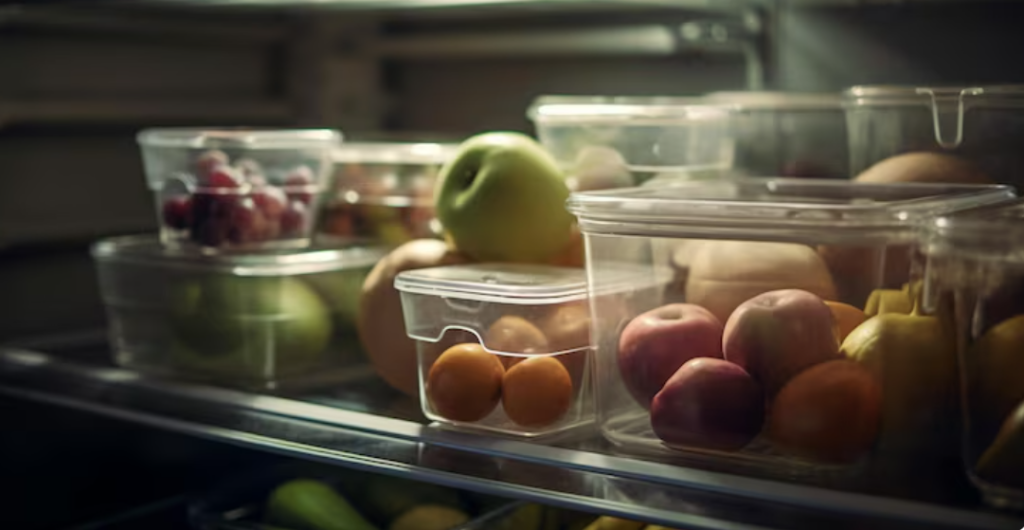In the fast-paced world of food processing, freezing is more than just a step in the production line—it’s a critical process that impacts shelf life, texture, food safety, and energy consumption. For companies looking to freeze products quickly, efficiently, and in large volumes, one solution consistently stands out: the spiral freezer.
This innovative technology has become a staple in modern food production facilities, and for good reason.
What makes spiral freezers so effective?
Unlike traditional static or tunnel freezers, spiral freezers move food products through a continuous helical path, allowing them to be frozen quickly while maximizing space efficiency. Products are placed on a conveyor belt that spirals upward (or downward), exposing each item to consistent airflow and controlled temperatures.
The result? Uniform freezing, shorter dwell times, and better product quality.
Key advantages of spiral freezers
Spiral freezing systems have become popular in both high-volume operations and specialized processing plants. Their design provides clear benefits:
- Compact footprint – Ideal for facilities where floor space is limited
- High throughput – Handles large volumes without compromising on quality
- Energy efficiency – Designed to minimize cold loss and reduce energy bills
- Gentle product handling – Maintains the shape and texture of delicate items
- Customizable settings – Adjustable belt speed, temperature, and retention time
This makes them suitable for a wide variety of food products: from poultry and seafood to baked goods, ready meals, and even dairy.
Spiral freezers in action
More and more food producers are choosing spiral systems to streamline production. For example, one frozen pizza manufacturer managed to cut their freezing time by 30% after switching from a linear system to a spiral freezer—without increasing energy costs or floor space.
Another company processing marinated chicken portions reported a clear improvement in product consistency and reduced drip loss after integrating a spiral freezer into their line.
Finding the right spiral freezer
Not all spiral freezers are the same. Factors such as belt width, number of tiers, airflow direction, and hygiene features can differ widely depending on your production needs. That’s why it’s important to choose a model—or a supplier—that aligns with your product type, production volume, and facility layout.
If you’re looking for a modern, space-efficient freezing solution, take a closer look at this spiral freezer currently available. It’s designed to meet the demands of today’s food industry with reliability and precision.
Final thoughts
As consumer demand for frozen foods continues to rise, manufacturers need solutions that combine speed, efficiency, and quality. Spiral freezers offer just that. They’re compact, scalable, and built to handle even the most demanding production lines—making them a future-proof investment for forward-thinking companies.


